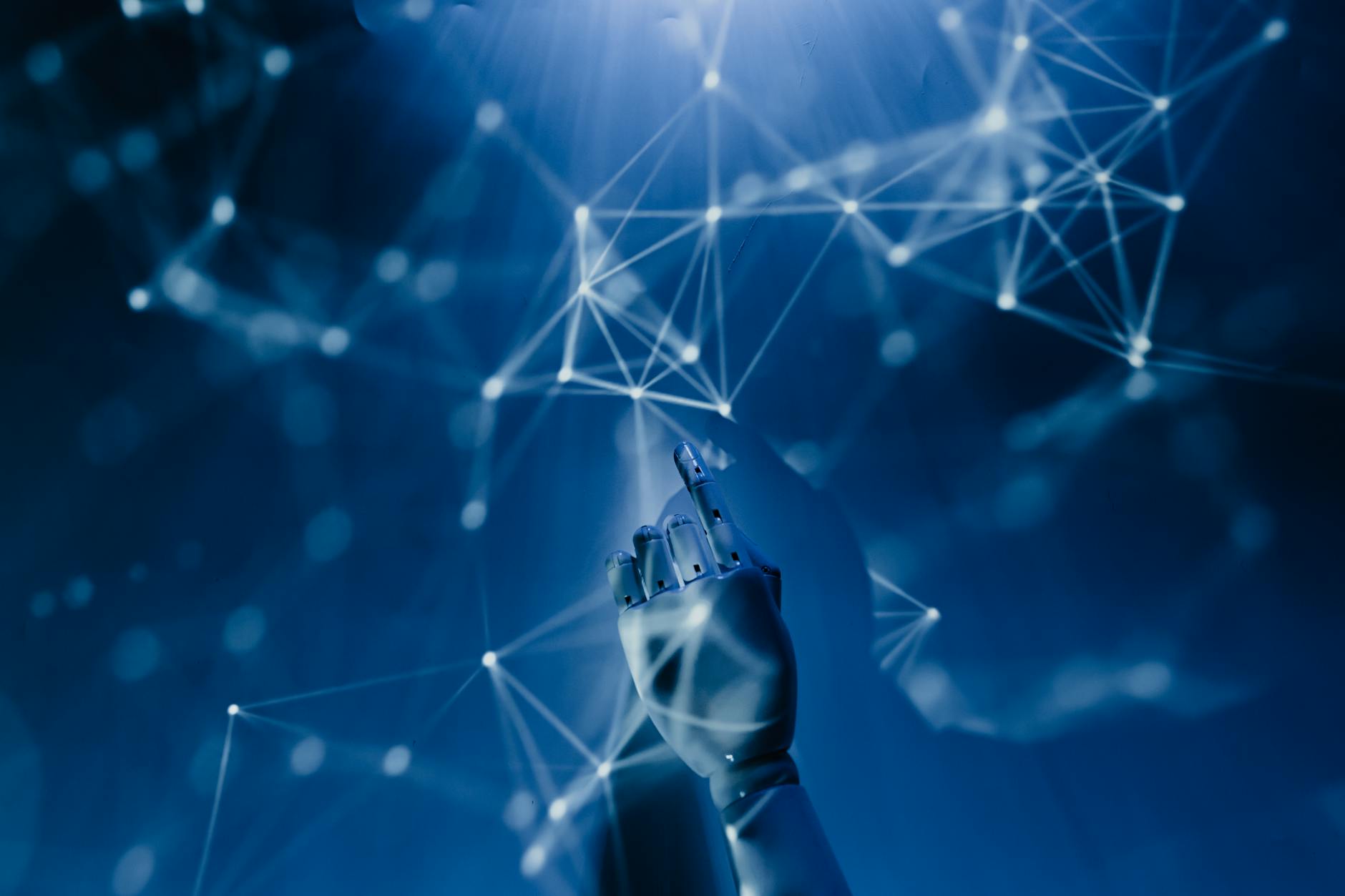
AI for Censorship: The Double-Edged Sword of Digital Control
Ever scrolled through your social media feed only to find a post mysteriously vanished? Or tried to share an article, only to get hit with a “content not available” message? Chances are, you’ve just had a run-in with AI-powered censorship. Whether it’s for “community safety” or “national security,” artificial intelligence is increasingly becoming the invisible hand shaping what we see—and don’t see—online. But how does it work, who’s controlling it, and what does the future hold? Let’s pull back the curtain.
How AI is Reshaping Censorship in the Digital Age
Gone are the days of manual content moderation teams sifting through every flagged post. Today, AI algorithms do the heavy lifting, scanning billions of data points in real-time to decide what stays and what goes. Here’s the kicker: these systems aren’t just looking for explicit violations like hate speech or violence. They’re increasingly trained to detect subtler forms of dissent, satire, or even inconvenient truths.
The Mechanics of AI-Driven Censorship
Most AI censorship tools rely on a mix of:
- Natural Language Processing (NLP): Parsing text for keywords, sentiment, and context
- Image/Video Recognition: Flagging visual content through pattern matching
- Behavioral Analysis: Tracking user engagement patterns to predict “risky” content
Take China’s Great Firewall or Twitter’s (now X’s) shadow-banning algorithms—both use layered AI systems that learn from each takedown, becoming more nuanced (and controversial) over time.
2025 Trends: Where AI Censorship is Headed
As AI grows more sophisticated, so will its role in content control. Here’s what to watch for:
- Predictive Censorship: Systems that preemptively block content based on user history before it’s even posted
- Deepfake Policing: AI tools designed to detect and remove synthetic media—with mixed accuracy
- Localized Filtering: Hyper-targeted censorship adapting to regional laws (e.g., EU vs. UAE compliance)
AI Censorship: The Good, The Bad, and The Ugly
| Pros | Cons |
|---|---|
| Reduces harmful content (e.g., child exploitation) | Overreach risks silencing legitimate discourse |
| Scales moderation beyond human capability | Lack of transparency in decision-making |
| Can adapt to emerging threats (e.g., new slang for banned topics) | Cultural bias baked into training data |
My Run-In With the Algorithmic Gatekeepers
Last year, I wrote a satirical piece comparing AI ethics to herding cats. Within hours, it was demoted in search results—not banned, just buried. No human flagged it; an NLP model had misread the humor as “misinformation.” After three appeals (and rewriting the title), it resurfaced. The lesson? Even experts get caught in the net.
FAQs About AI and Censorship
Can AI censorship be perfectly accurate?
Not a chance. Even the best systems have false positives (blocking harmless content) and false negatives (missing actual violations). It’s a perpetual cat-and-mouse game.
Who decides what gets censored?
A mix of corporate policies, government regulations, and—increasingly—the biases hidden in training data. The “why” behind takedowns is often murky.
How can I tell if my content was AI-censored?
Look for sudden drops in engagement without notifications. Shadow-banning rarely comes with explanations.
The Bottom Line: Vigilance Over Complacency
AI censorship isn’t inherently evil—it’s a tool that reflects the priorities of those wielding it. But as these systems grow more autonomous, we risk outsourcing moral judgments to machines that lack nuance. The solution? Demand transparency, support decentralized platforms, and never stop questioning why certain voices are amplified while others are erased.
Your move: Next time you see a “content removed” label, dig deeper. Was it justified? Who benefited? The future of free expression depends on staying curious—and holding the algorithms accountable.


